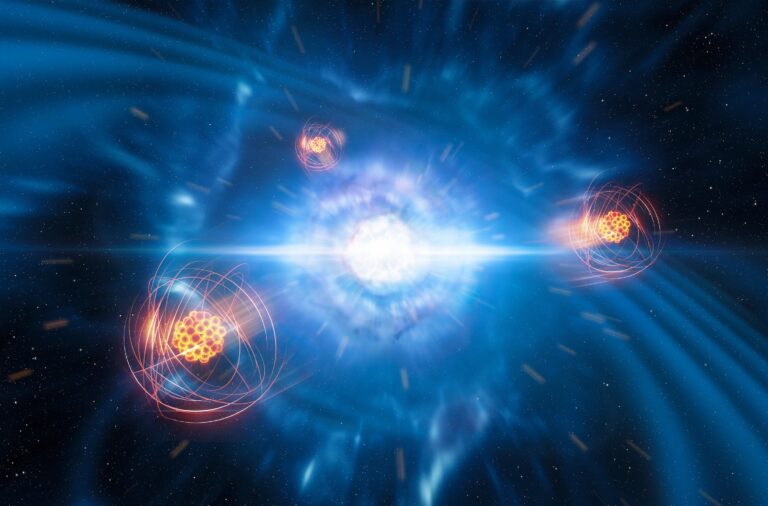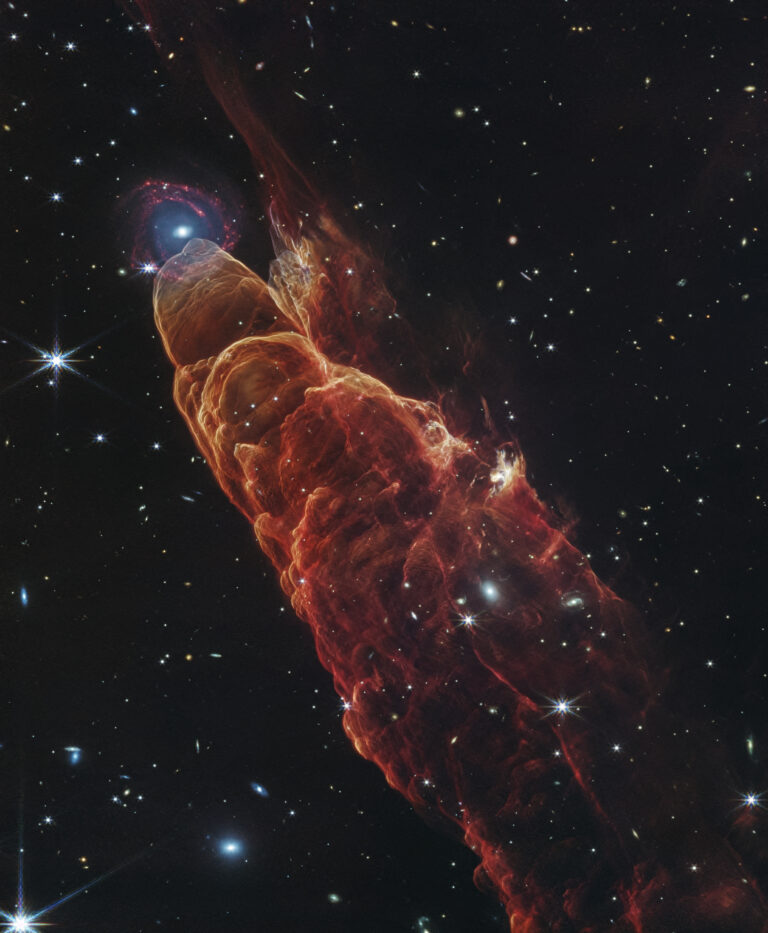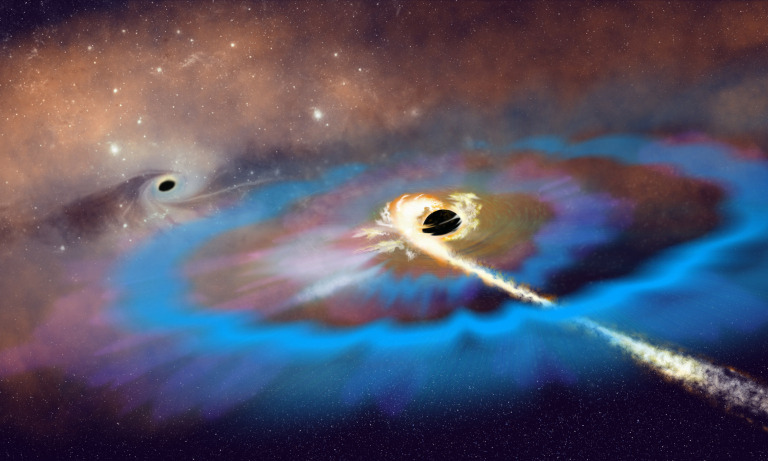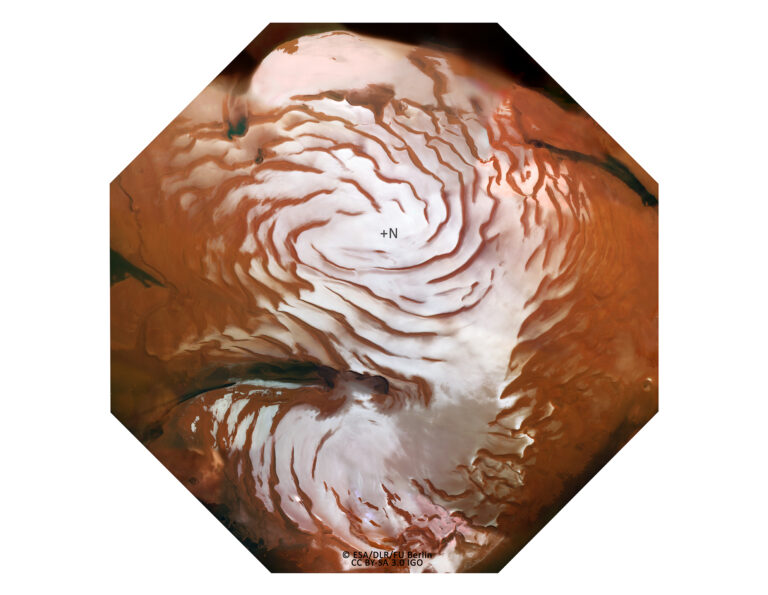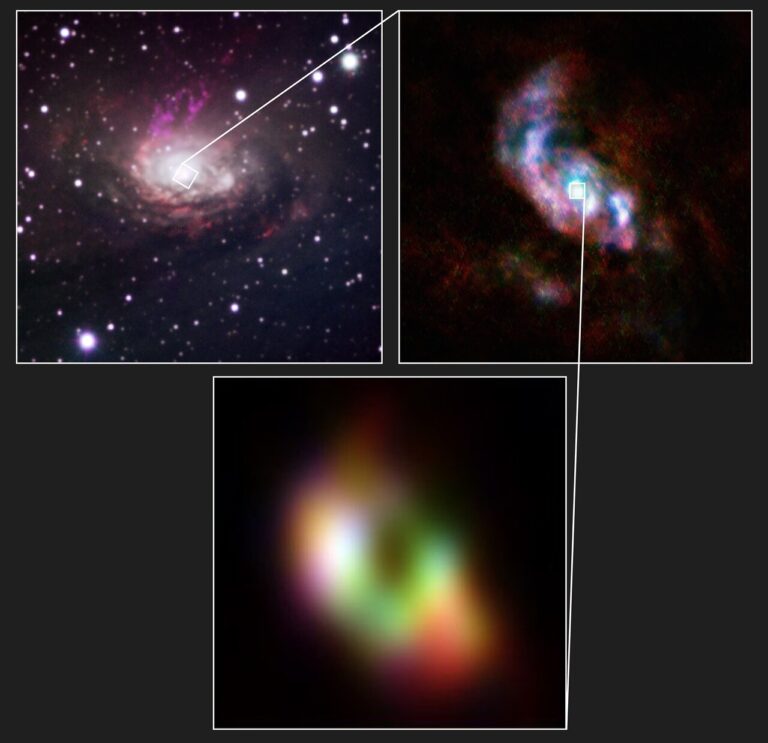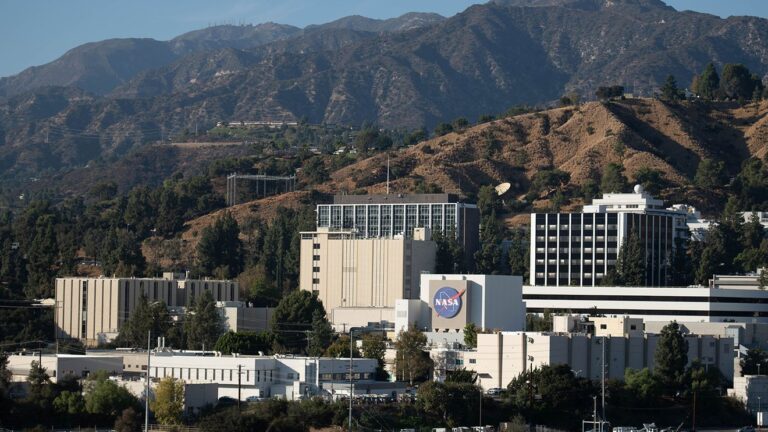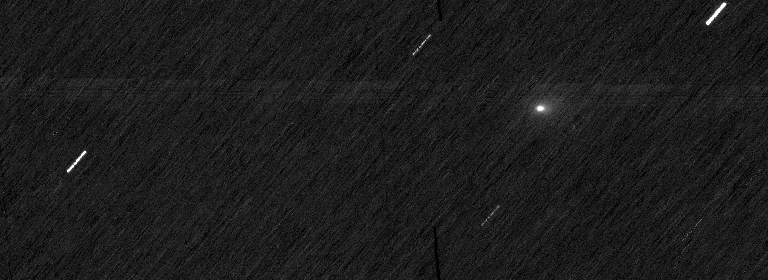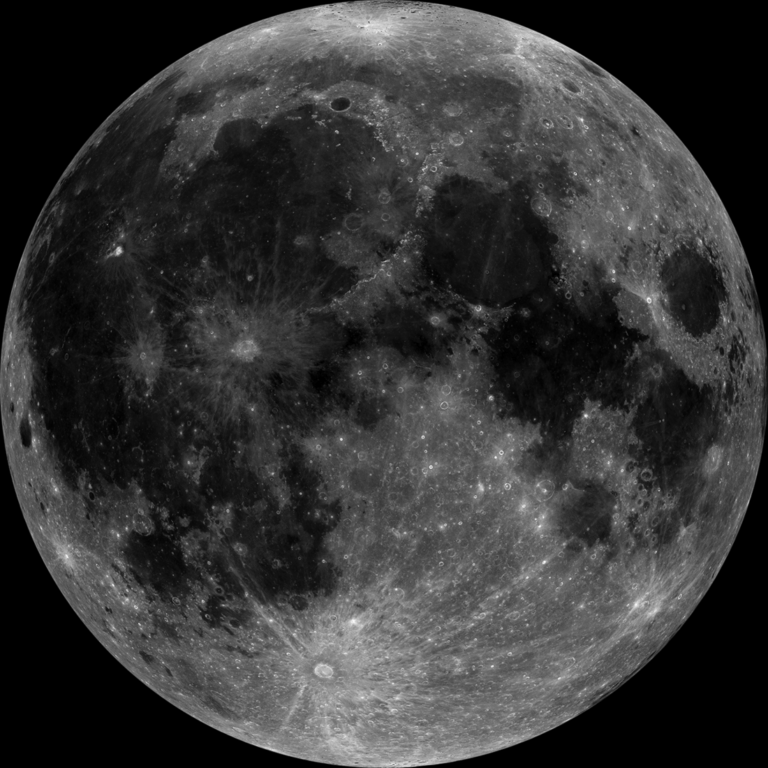
Key Takeaways:
- Arp 104 consists of an elliptical galaxy (NGC 5216) and a barred spiral galaxy (NGC 5218), initially discovered by William Herschel in 1790.
- A faint, nebulous filament connecting these galaxies was first noted by Philip Keenan in 1935 and later rediscovered by astronomers in 1958.
- This filament, alongside warped spiral arms in NGC 5218 and an extension in NGC 5216, is attributed to a close gravitational interaction that occurred approximately 200 million years ago, fostering new hot, massive (blue) stars within the filament and its 46,000 light-year plume.
- The interaction also triggered major starburst activity in NGC 5216 and is predicted to lead to the eventual merger of the two galaxies into a single system.
Also known as Arp 104 in Halton Arp’s Atlas of Peculiar Galaxies, this target is the pairing of an elliptical NGC 5216 and barred spiral galaxy NGC 5218. Both were discovered by William Herschel in 1790. A pair of galaxies hardly qualifies as “weird,” but what lies between them makes it a worthy contender.
It wasn’t until 145 years after Herschel’s discovery that Philip Keenan noticed on a photo taken through the Yerkes 24-inch reflector that “these two apparently well-separated galaxies are connected by a faint but definite band of nebulosity.” Even then, Keenan’s discovery went largely unnoticed until 1958 when the filament stretching between the two galaxies was rediscovered by astronomers at Lick and Palomar observatories. Both galaxies lie 17 million light-years away in the constellation Ursa Major.
The filament that joins them, along with the warped spiral arms in NGC 5218 and an odd comma-shaped extension seen in NGC 5216, are all the result of a near miss between the two galaxies that occurred about 200 million years ago. The slight interaction formed new hot, massive stars within the filament, making it appear blue. The filament passes through NGC 5218 and extends beyond it in a plume almost 46,000 light-years long. From the blue color, the plume may also be the site of continuing star formation.
This passage also triggered major starburst activity in NGC 5216, shown by the blue color as well. The galaxy’s red center suggests that it holds large quantities of cosmic dust.
Eventually, the two galaxies will circle back toward each other and continue to make ever closer passes until one day, they will merge into a single system.

